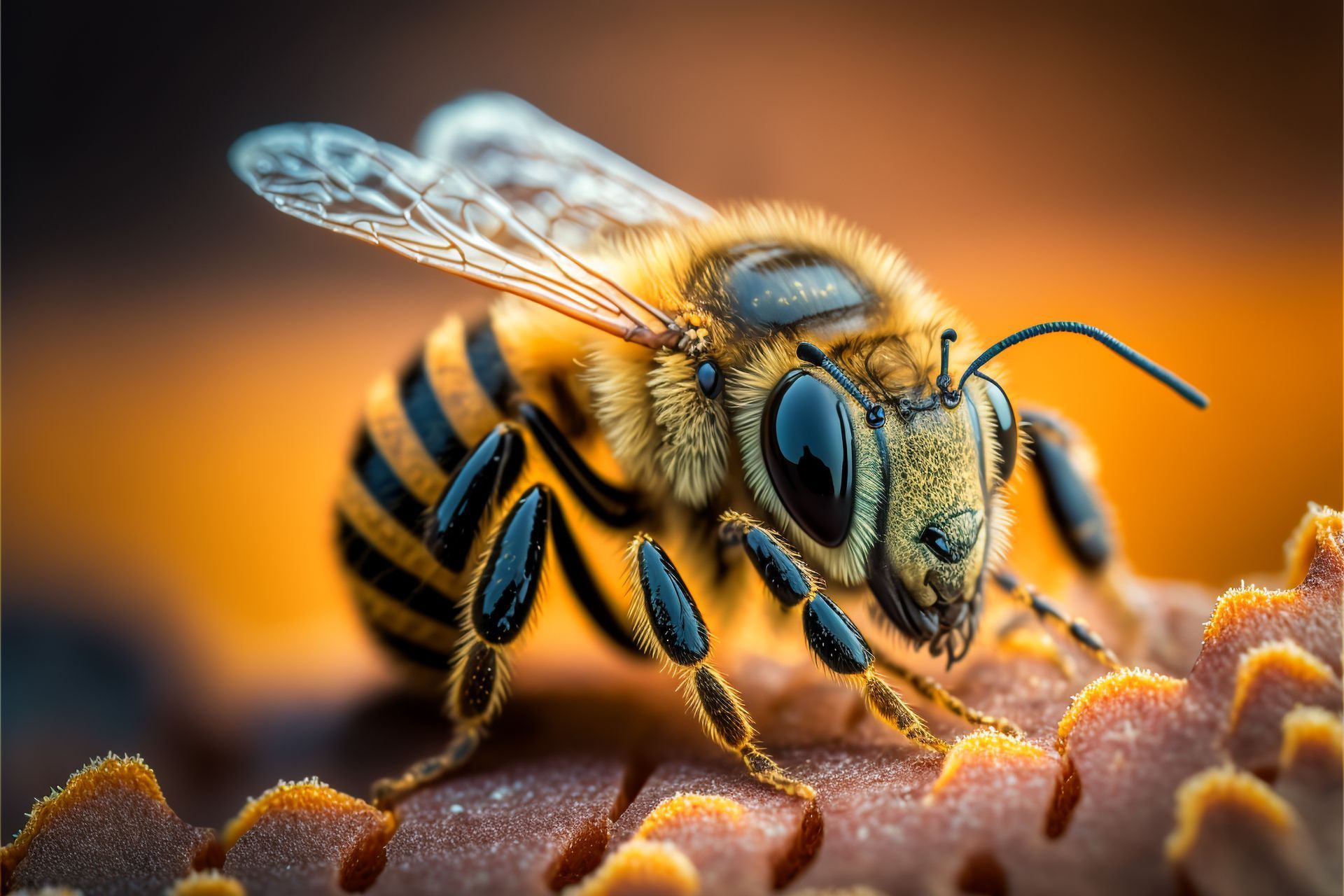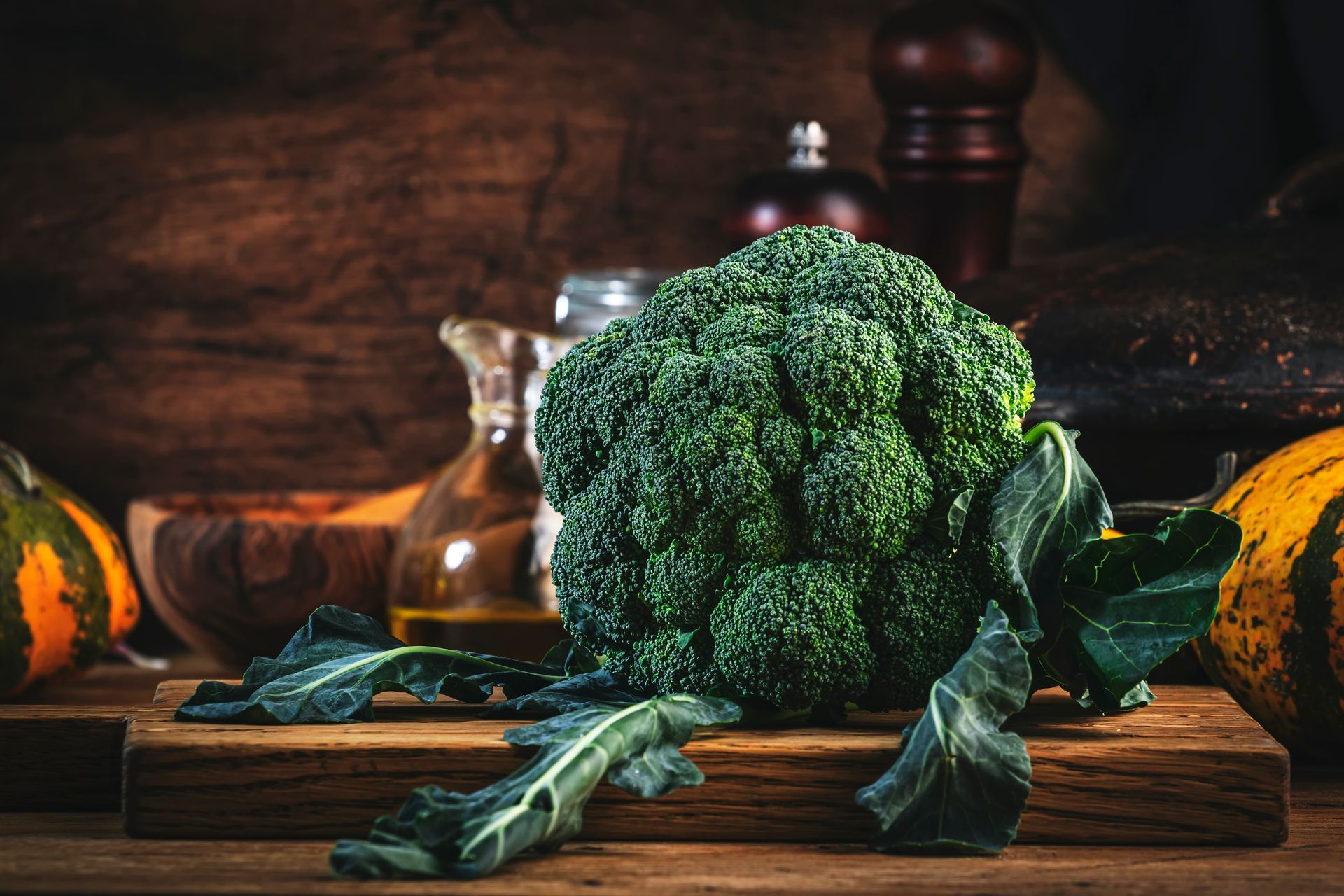BLOG, PODCAST, & RESEARCH LIBRARY
Bee venom therapy, also known as apitherapy, has been used for centuries in traditional medicine. This unique approach utilizes the venom of honeybees to treat various ailments...

Introduction
Bee venom therapy, also known as apitherapy, has been used for centuries in traditional medicine. This unique approach utilizes the venom of honeybees to treat various ailments, offering a natural and alternative method for healing. Recent advancements in scientific research have shed light on the numerous health benefits of bee venom, making it a promising treatment for a range of conditions.
Historical Background
Apitherapy dates back to ancient civilizations, including Egypt, Greece, and China, where it was employed to alleviate pain and treat various illnesses. The practice involves the administration of bee venom through bee stings or injection, harnessing its potent medicinal properties.
Composition of Bee Venom
Bee venom contains a complex mixture of enzymes, peptides, and amines, including melittin, apamin, and adolapin. These components contribute to its anti-inflammatory, analgesic, and immunomodulatory effects. Melittin, the primary component, is known for its powerful anti-inflammatory and anticancer properties.
Health Benefits and Applications
Anti-Inflammatory and Pain Relief
Bee venom's anti-inflammatory properties make it an effective treatment for conditions such as arthritis, bursitis, and tendinitis. It helps reduce swelling, pain, and stiffness in affected joints, providing relief for those suffering from chronic inflammatory conditions.
Immune System Modulation
Bee venom has been found to modulate the immune system, making it beneficial for autoimmune diseases like multiple sclerosis and lupus. By regulating immune responses, it helps manage symptoms and improve the quality of life for individuals with these conditions.
Neurological Benefits
Recent studies suggest that bee venom may have neuroprotective effects, making it a potential treatment for neurological disorders such as Parkinson's disease and Alzheimer's disease. Its components help protect nerve cells from damage and promote their regeneration.
Anticancer Properties
Melittin, a key component of bee venom, has shown promise in cancer treatment. Research indicates that melittin can induce cancer cell death and inhibit tumor growth, making it a potential adjunct therapy for cancer patients.
Antibacterial and Antiviral Effects
Bee venom possesses antimicrobial properties, making it effective against certain bacteria and viruses. It has been studied for its potential to treat infections and boost the body's natural defenses against pathogens.
Advancements in Research
Ongoing research continues to uncover new applications and benefits of bee venom. Scientists are exploring its potential in treating Lyme disease, chronic fatigue syndrome, and other challenging health conditions. Advances in biotechnology are also enabling the development of purified bee venom products, enhancing their safety and efficacy.
How Bee Venom Therapy is Administered
Bee venom therapy can be administered in various ways, including:
• Direct Stings:
The traditional method involves live bee stings at specific points on the body.
• Injections:
Purified bee venom can be injected using a syringe, allowing for precise dosing.
• Topical Applications:
Bee venom creams and ointments can be applied directly to the skin for localized treatment.
Conclusion
Bee venom therapy offers a fascinating glimpse into the healing power of nature. With its wide range of health benefits and potential applications, it stands as a testament to the incredible medicinal properties found in the natural world. As research continues to advance, bee venom may emerge as a mainstream treatment option for various illnesses, bringing hope and healing to many.
Note
While bee venom therapy holds great promise, it is essential to understand that it may not be suitable for everyone, particularly those with allergies to bee stings. As always, it's important to stay informed and consider all aspects before exploring new treatment options.
Stay tuned for more insights into the world of natural health and alternative medicine as we continue to explore innovative and holistic approaches to well-being.

"Even more impressive, pectin has been linked with a variety of health benefits, including its ability to support detoxification processes, serve as a prebiotic, and assist in managing certain metabolic disorders. Its significance in maintaining overall digestive health while offering protective mechanisms against various diseases highlights the importance of incorporating pectin-rich foods into your diet..."

"These powerful substances are now more accessible than ever, featured in various health products aimed at detoxification and nutrient optimization. When selecting a product, ensure it's sourced from high-quality, organic materials and processed to preserve the integrity of the humic and fulvic compounds."

Introduction Nausea and vomiting are unpleasant symptoms that can arise from various causes, including motion sickness, morning sickness, infections, and more. While conventional medications can be effective, natural remedies offer a gentle and holistic approach to alleviating these discomforts. Here, we explore several natural methods to help stop nausea and vomiting, providing relief without relying on pharmaceuticals. 1. Ginger Ginger is one of the most well-known natural remedies for nausea and vomiting. It contains compounds like gingerol and shogaol that have anti-nausea properties. • How to Use: Fresh ginger can be grated and steeped in hot water to make ginger tea. Ginger candies, capsules, or even fresh ginger slices can also be effective. Sipping ginger tea or chewing on ginger candies can help soothe the stomach. 2. Peppermint Peppermint is another popular remedy known for its calming effects on the stomach muscles, which can help relieve nausea. • How to Use: Peppermint tea, made by steeping fresh or dried peppermint leaves in hot water, can provide quick relief. Peppermint essential oil can also be inhaled or diluted with a carrier oil and applied to the wrists or behind the ears. 3. Lemon The refreshing scent and taste of lemon can help reduce nausea. Lemons are also rich in vitamin C, which can boost your immune system. • How to Use: Drinking lemon water, inhaling the scent of fresh lemons, or sucking on lemon slices can help. Lemon essential oil can also be diffused or used in aromatherapy. 4. Acupressure Acupressure is an ancient technique that involves applying pressure to specific points on the body to relieve symptoms. • How to Use: The P6 (Neiguan) point, located on the inner wrist, is known to alleviate nausea. To find this point, measure three finger-widths down from the base of your palm and apply gentle pressure with your thumb for a few minutes. 5. Hydration Staying hydrated is crucial, especially if you have been vomiting. Dehydration can worsen nausea and overall discomfort. • How to Use: Sip on clear fluids like water, herbal teas, or electrolyte solutions. Avoid sugary or caffeinated beverages, as they can irritate the stomach. 6. Chamomile Tea Chamomile tea is known for its soothing and anti-inflammatory properties, which can help calm the stomach and reduce nausea. • How to Use: Steep chamomile flowers in hot water for several minutes to make a calming tea. Sip slowly to ease nausea and promote relaxation. 7. Fennel Seeds Fennel seeds have been traditionally used to treat digestive issues, including nausea and bloating. • How to Use: Chew on a teaspoon of fennel seeds or make fennel tea by steeping the seeds in hot water. Drinking fennel tea can help settle the stomach and reduce nausea. 8. Apple Cider Vinegar Apple cider vinegar can help balance stomach acids and improve digestion, which can reduce nausea. • How to Use: Mix one tablespoon of apple cider vinegar with a cup of warm water and a teaspoon of honey. Drink this mixture slowly to alleviate nausea. 9. Bland Diet Eating bland foods can help settle the stomach and prevent further irritation. • How to Use: The BRAT diet (bananas, rice, applesauce, toast) is a commonly recommended regimen for those experiencing nausea. These foods are easy to digest and can help absorb excess stomach acid. 10. Essential Oils Essential oils like lavender, ginger, and peppermint can provide relief through aromatherapy. • How to Use: Diffuse essential oils in your home, inhale directly from the bottle, or apply diluted oils to your skin. Aromatherapy can help relax the mind and body, reducing the sensation of nausea. Conclusion Natural remedies offer a gentle and effective way to manage nausea and vomiting. From herbal teas and essential oils to acupressure and hydration, these methods can provide relief without the need for pharmaceuticals.







